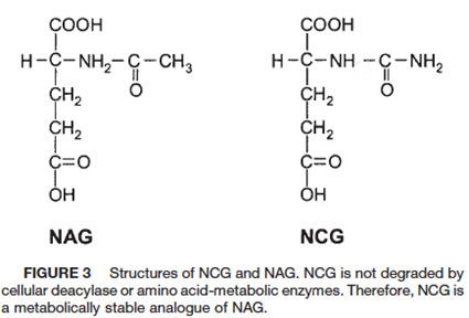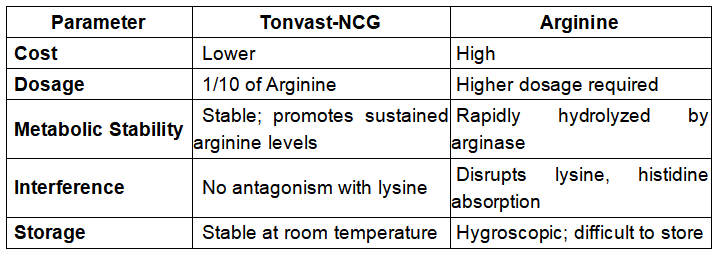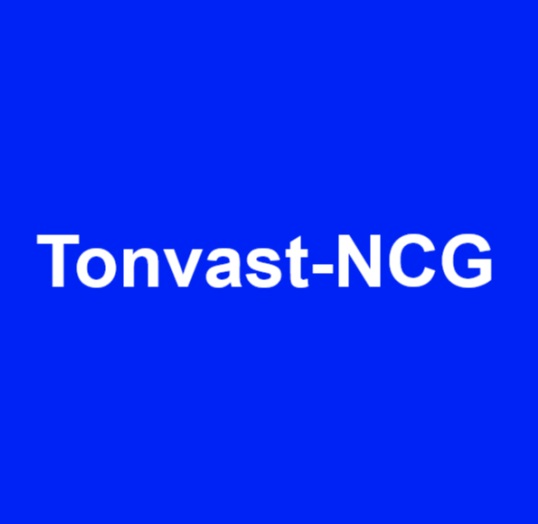Tonvast-NCG
(Ultimate Arginine Activator Additive)
Chemical Name: N-Carbamylglutamate (NCG)
Mechanism of Action
· Structural Analogue of N-Acetylglutamate (NAG): Activates key enzymes (P5CS and CPS-I) in the urea cycle, enhancing endogenous arginine synthesis.
· Boosts Citrulline Production: Converts glutamine/proline to citrulline, driving arginine generation (see Figure 4).
· Supports NO and Polyamine Synthesis: Critical for blood flow regulation, DNA/protein synthesis, and cellular growth.
Advantages Over Direct Arginine Use

Recommended Dosage (g/ton feed)
· Suckling Piglets: 800–1000
· Weaned Piglets: 500–800
· Gestating Sows: 800–1200
· Late Gestation & Lactation: 1000–1500
Benefits Across Production Stages
1. Gestating Sows
· Reduces IUGR Risk: Enhances NO/polyamine synthesis, improving placental blood flow and nutrient transfer.
· Boosts Litter Size: Trials show +1 piglet/litter with 0.8–1.2 kg/ton feed (gestation days 15–114).
· Increases Birth Weight: Late gestation (days 80–114) supplementation raises birth weight by 1–3 kg/litter.
2. Lactating Sows
· Postpartum Recovery: Maintains NO levels to relax smooth muscles and reduce stress.
· Milk Transfer: NCG passes to piglets via milk, addressing arginine deficiency in suckling phases.
· Improved Weaning Metrics: Trials show +0.1 piglet/litter survival, +1.2 kg weaning weight, and 0.3-day shorter weaning-to-estrus interval.
3. Suckling & Weaned Piglets
· Alleviates Arginine Shortage: NCG supplementation compensates for low endogenous synthesis (only 40% met by sow milk).
· Reduces Diarrhea Risk: Enhances urea cycle efficiency, lowers blood/intestinal ammonia, and supports gut health.
· Growth Boost: Oral NCG (50 mg/kg body weight) raises plasma arginine by 68% and daily gain by 61%.
Key Trial Results
· Suckling Piglets: NCG in creep feed (200–300 g/ton) improves weaning survival by 8% and litter weight by 10%.
· Post-Weaning: Continued NCG use reduces mucosal atrophy and digestive stress.
Why Choose Tonvast-NCG in Swine?
✅ Cost-Effective: 1/10 dosage of arginine at lower cost.
✅ Stable & Safe: No metabolic interference or storage challenges.
✅ Proven Efficacy: Backed by extensive trials in swine production.
Fish Farming Benefits with YuJingYuan (NCG)
Product: Tonvast-NCG
Dosage: 600 g/ton feed (mixed via feed)
Key Findings from Case Study
1. Enhanced Growth Performance
· Higher Weight Gain:
o Outdoor Ponds: NCG groups showed +6.3–7.6% higher weight gain vs. controls.
o Indoor Tanks: NCG groups achieved +7.65% weight gain over controls.
· Improved Size Distribution:
o Outdoor Ponds: NCG-fed fish had 10% more medium-sized (1.8–2.8 kg) and 6% more large-sized (>2.8 kg) fish.
o Indoor Tanks: NCG groups saw 16.7% more large-sized (>1.0 kg) fish.
· Specific Growth Rate (SGR): NCG groups outperformed controls by 0.17–0.58% across trials.
2. Health & Survival Improvements
· Reduced Mortality: NCG groups had lower death rates post-trial, especially under high-temperature stress (see Figure 5).
· Better Body Condition:
o Condition Factor: NCG groups reached 1.78–1.84 vs. 1.68–1.73 in controls.
o Liver & Visceral Fat: NCG-fed fish had lower hepatosomatic index (HSI) and visceral fat, reducing "big belly" syndrome.
3. Stress Resistance & Appearance
· Superior Coloration: NCG-fed fish displayed darker, uniform body color, clear spots, and fewer injuries.
· Stress Tolerance: NCG groups showed stronger anti-stress capacity during water quality fluctuations.
Recommended NCG Dosage for Fish Farming
· General Use: 600 g/ton feed (dissolved in water and mixed thoroughly).
· Application: Ideal for high-density ponds and indoor tanks to optimize growth and health.
Why NCG in Aquaculture?
✅ Cost-Efficient Growth: Higher weight gain with lower feed conversion ratio (FCR).
✅ Healthier Fish: Reduced fat deposition and mortality.
✅ Market Advantage: Improved appearance boosts market value.
Trial Data Highlights

